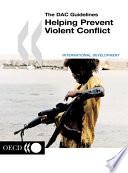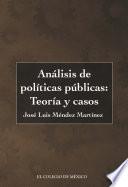The Dac Guidelines
Resumen del Libro

These Guidelines provide ways for donor governments to honour their commitmentto conflict prevention as an integral part of the quest to reduce poverty. They cover key issues such as: security, development and dealing withsmall arms, regional co-operation, peace processes, justice and reconciliation, engaging in partnerships for peace, working with business, andgrappling with the political economy of war – situations where powerful groups acquire a vested interest in sparking or perpetuating violent conflict.They identify concrete opportunities for donor assistance in support of peace that include: democratisation, inter-community relations, education and cross-cultural training, human rights training, freedom and access to information, the reintegration of uprooted populations, the demobilisation of former combatants, landmine clearing, and the restoration of a capacity for economic management.This full set of guidance on conflict prevention to date from the Development Assistance Committee (DAC) includes the 2001 Supplement and the ground-breaking 1997 Guidelines. This work marks a reaffirmation of the international communitys commitment to work together across government systems to improve their analyses of violent conflicts and establish more coherent policies. … We are promoting the consideration of conflict prevention in development assistance strategies with a view to achieving quicker and better co-ordinated assistance strategies – including the Heavily Indebted Poor Countries (HPIC) initiative – and ensuring a smooth transition from relief to post-conflict development. A significant example of such consideration is the April 2001 OECD/DAC Supplement to the 1997 Guidelines on Conflict, Peace and Development Co-operation. – Excerpt from the Conclusions of the G-8 Foreign Ministers meeting, July 2001.









